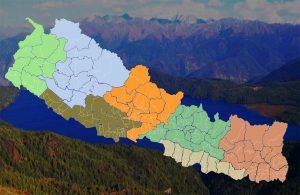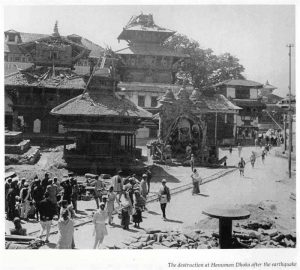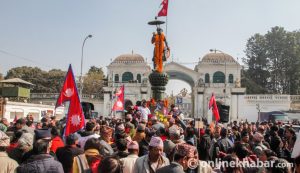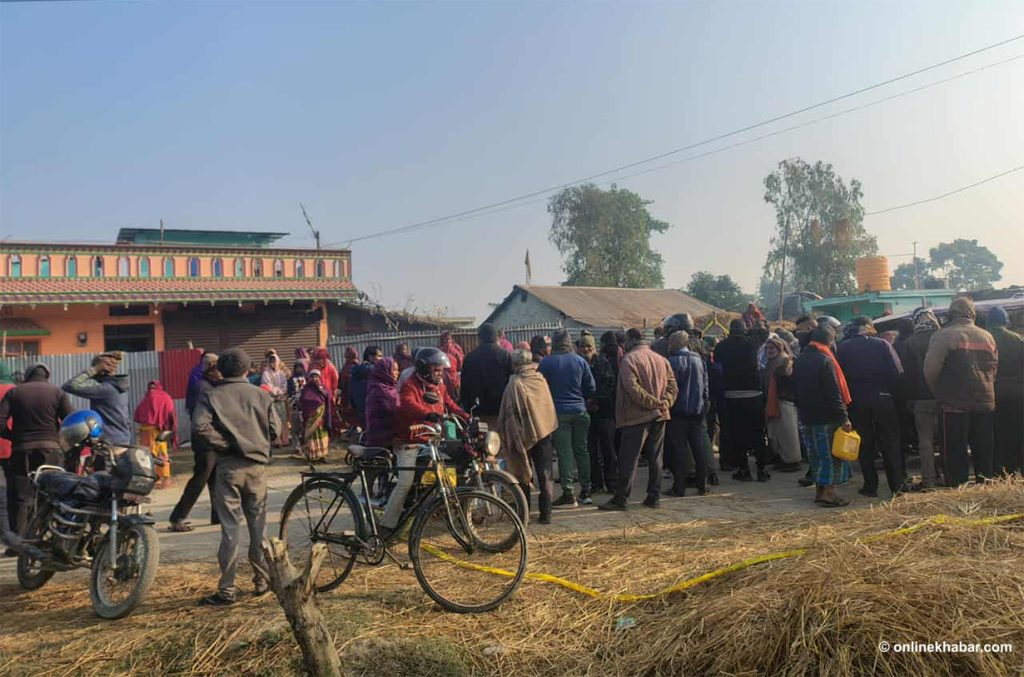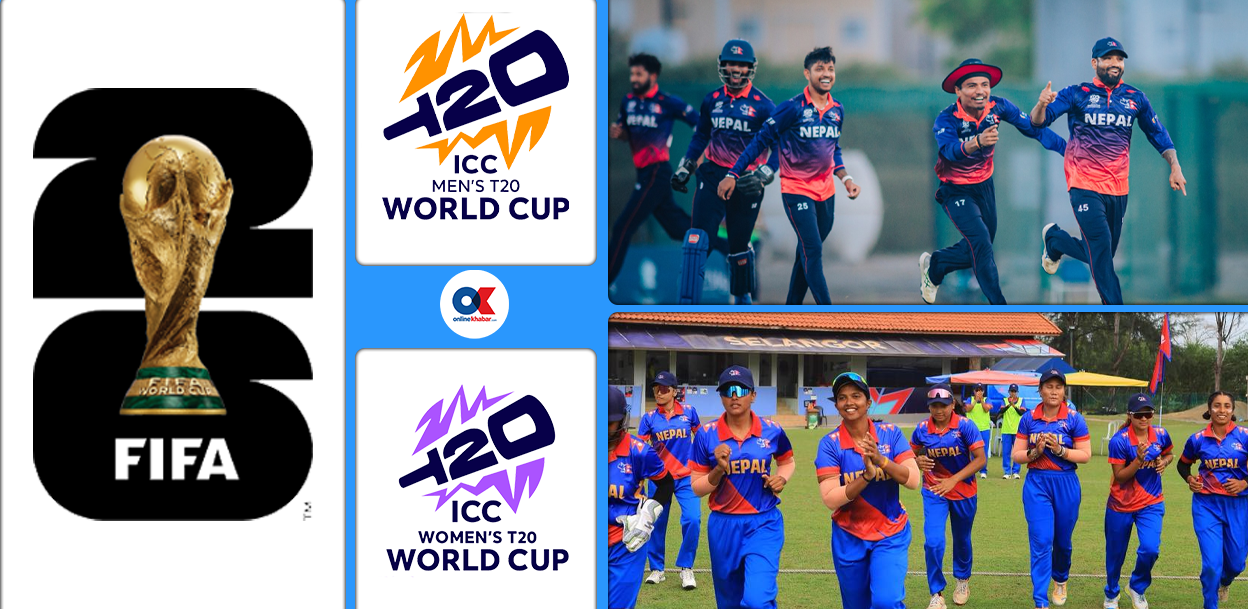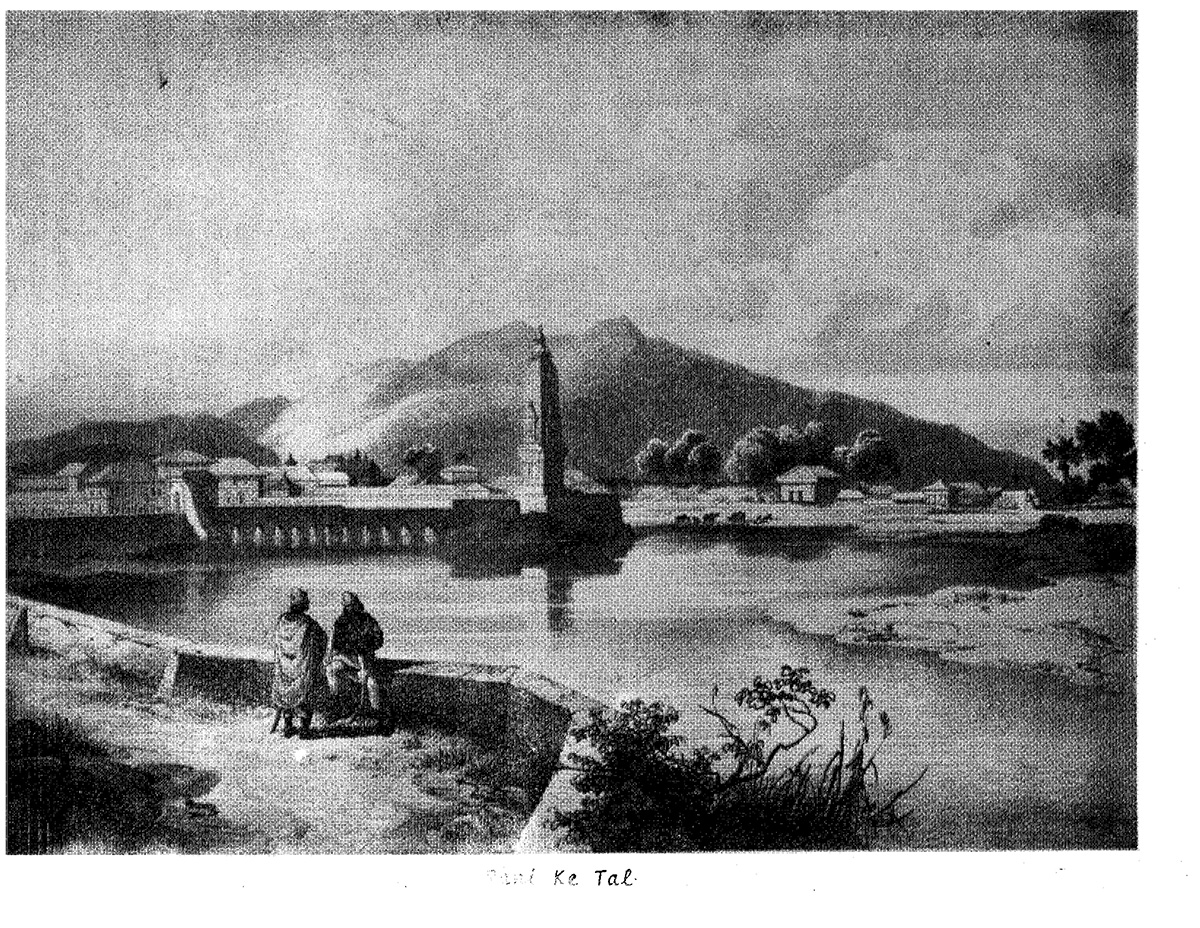
‘Prince Waldemar of Prussia’ is one name that has been making rounds in Kathmandu in the last few weeks. The Prussian Prince, who visited Kathmandu in 1845, is no longer alive, but the work he commissioned during his sojourn in the Valley could help archaeologists rebuild an iconic monument in the city.
Just yesterday, experts working on the reconstruction of Ranipokhari (a pond in central Kathmandu devastated by the 2015 quake) hinted that the pond and the temple in its middle could be rebuilt taking the German Prince’s drawings as reference. The Ranipokhari drawing was part of a series of ‘Instagram-like’ drawings an artist who accompanied the prince made during the visit.
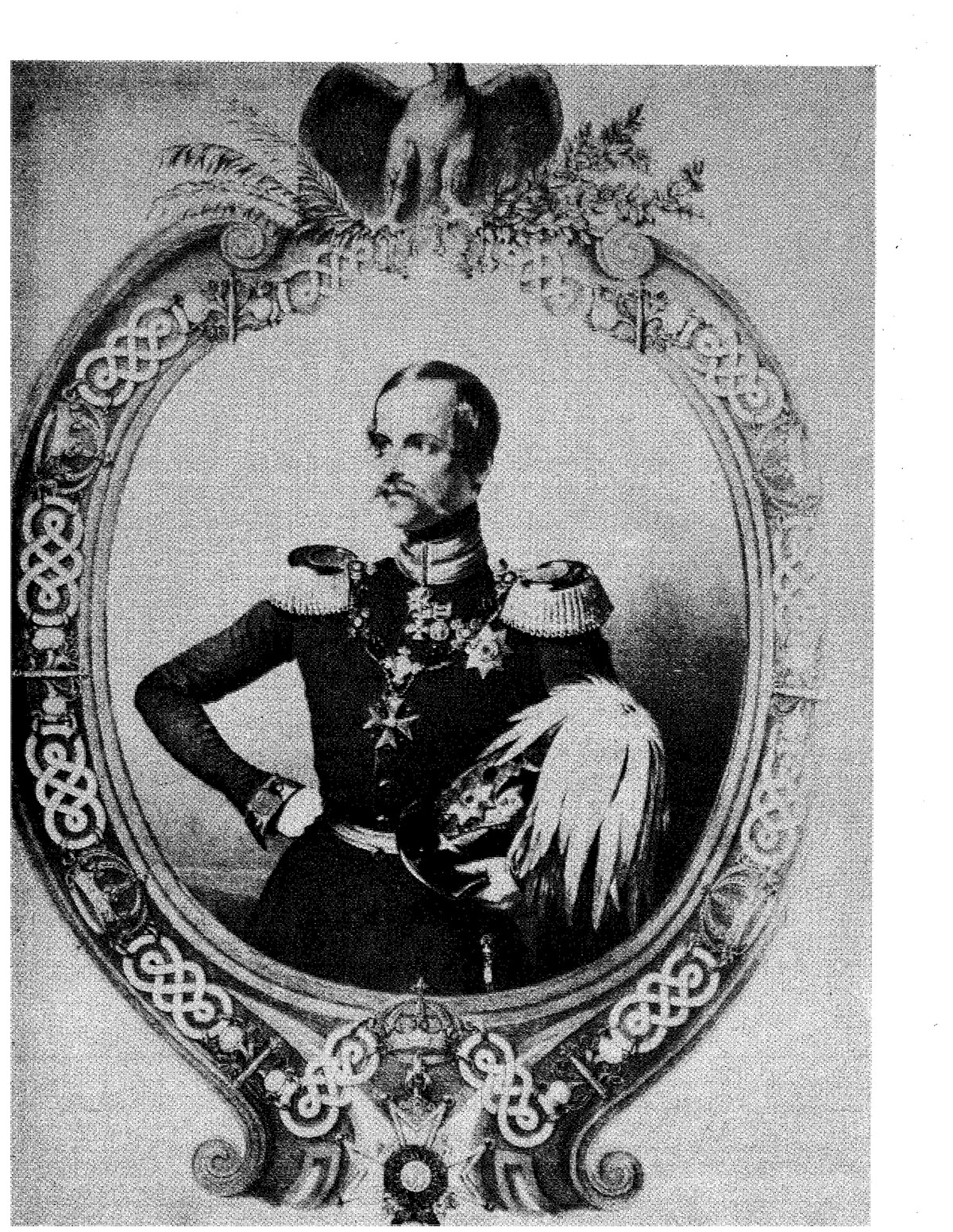
The Prince was an avid traveller and always kept a narrative of his journey. The narrative consisted of two volumes which also had maps and plates (sketches) of the places he visited and the things he saw.

The Prince, after visiting India, came to Nepal via Birgunj where he was greeted by a British resident, Major Lawrence who had made all necessary arrangements to get to Nepal. Equipped with elephants, ponies and number of hill palanquins, the Prince’s journey began where he’d be going to Kathmandu via Bhimphedi, Chitlang and Chandragiri.
As they entered the only permitted route to get to Nepal, they met a number of other travellers, some of whom joined the Prince on his journey. To the Prince’s surprise, a group of Nepali soldiers joined the back of the group serving as a guard of honour.
The group reached Hetauda where it pulled up tents and decided to stay the night. Prince Waldemar, like most royals, was fond of hunting and wanted to see and shoot a rhino but after hours in the jungle, they didn’t see a rhino and decided to return to the camp.
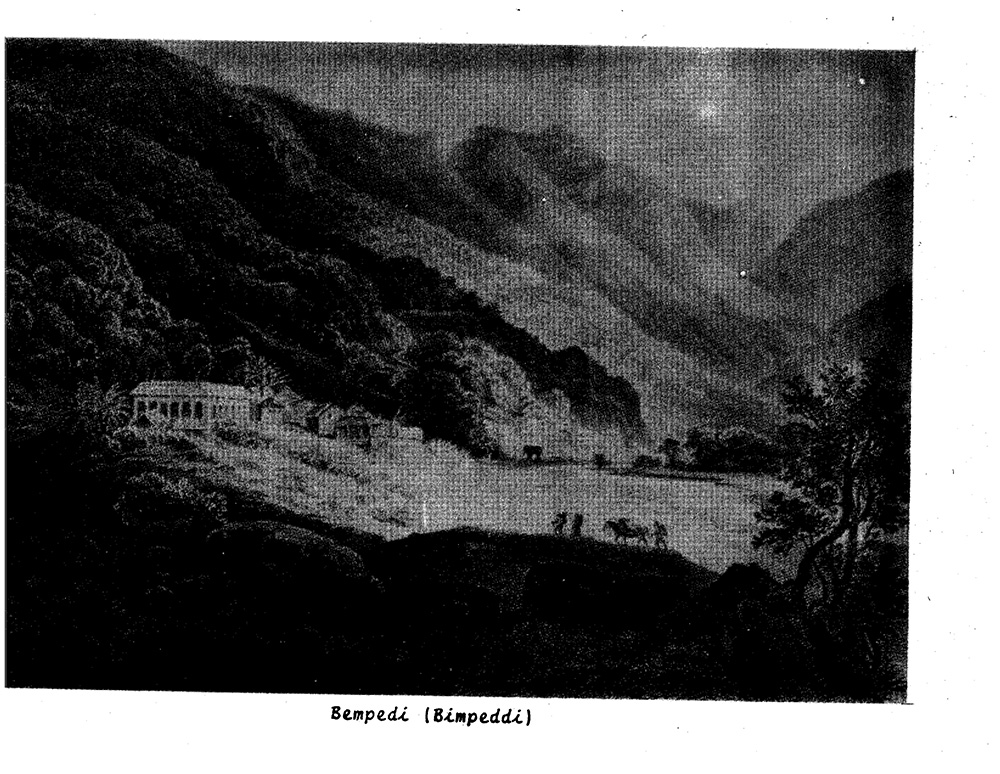
After an unsuccessful ‘hunt’, the Prince headed towards Bhimphedi where he met a new companion Dil Bikram Thapa (the nephew of minister Mathbar Singh Thapa), who was sent by the King to welcome the Prince.
Prince Waldemar along with his new companion started their journey towards Kathmandu passing through Lama Dangra range and through Chitlang, finally stopping at Chandragiri.
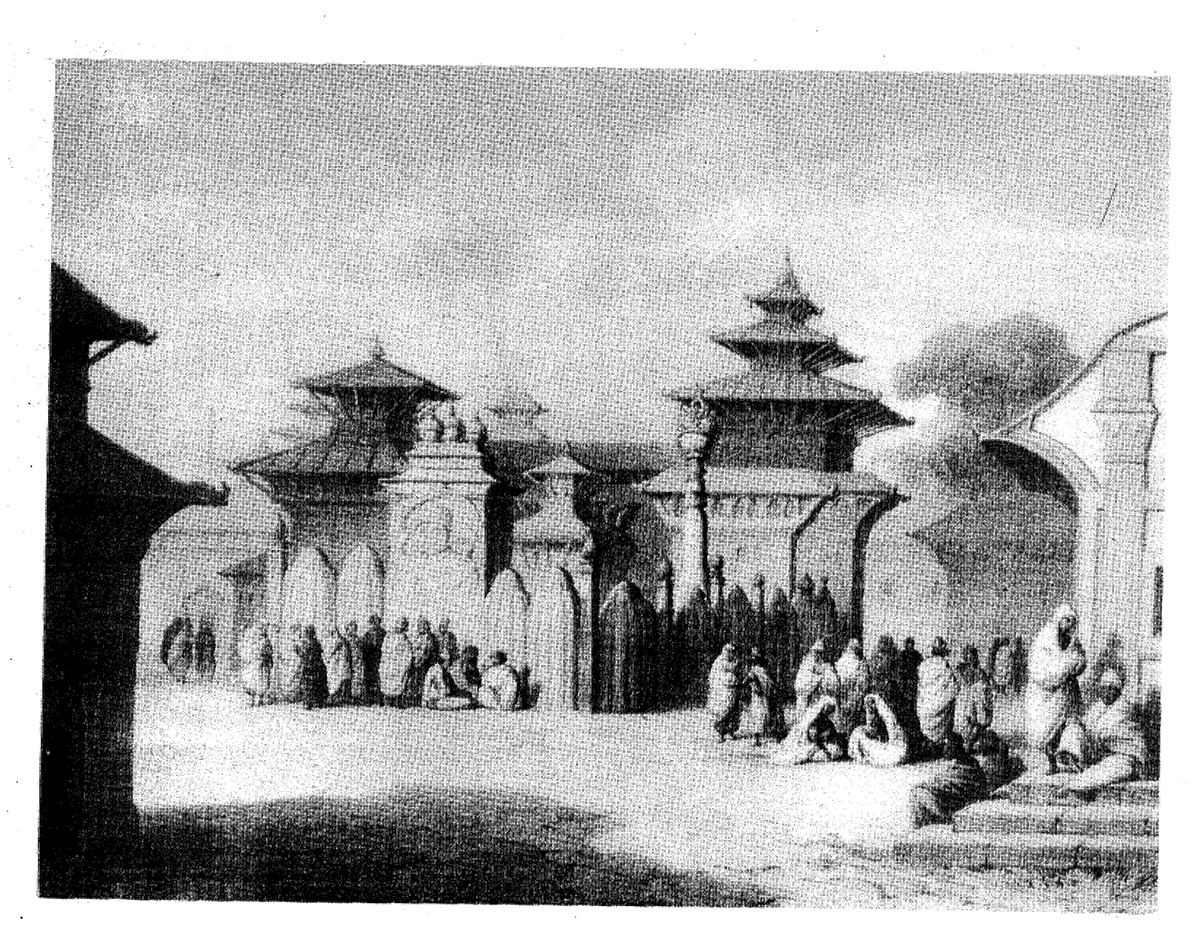
The next day, after a two-and-a-half-hour accent, they reached a narrow pass hoping for good scenic views but the foggy weather wasn’t kind to them. The cool westerly breeze, the leafless trees and the brownfield reminded the Prince of his home in Germany. From there, they took a difficult downward slope which took them to Thankot in just around half an hour.
Thereafter, they crossed well-built stone bridges and reached an area where tents were put up for the guests. There, a small welcome party was commissioned where the group was welcomed with a presentation of arms. As that was going on, King Rajendra Shah’s premier minister, Mathbar Singh Thapa came to greet Prince Waldemar. He did so riding a golden-harnessed stallion wearing a golden Chinese coat with emeralds, pearls and a medal which declared his appointment as minister for life.
“He was even given the power to execute seven people and he had to answer to no one. What a man with such great power,” writes the Prince in his journal.
Mounting on elephants, surrounded by guards they set off to see the valley. The Prince, impressed by how the people of the valley had constructed the houses, felt it was due to the Chinese influence. He saw many temples and stone sculptures and courtyards (bahals) and was captivated by how people lived in the valley. While roaming through the Valley, he also felt that the cobbled streets and the gutters on it gave Kathmandu a far better appearance than what they had found in India.
Prince Waldemar’s excursion continued as he was taken to Lalitpur where he visited the Durbar Square. He took a detailed tour of Durbar Square area where he really liked the way Krishna Mandir was built. While taking a tour of Patan, he noticed old houses, most of which was destroyed during Prithvi Narayan Shah’s invasion. When questioned why weren’t the houses repaired, he got an answer that surprised the Prince. He was told that “anyone who regards himself a man of distinction constructs their own house and let that of his father decay.”

The Prince was then taken to Swayambhunath, where a festival was being celebrated, where the Prince noticed mostly women clad in a red and white dress with rhododendron on their head. After spending some time observing the festival, the Prince left for the barracks to see the kind of weapons used in the Himalayan kingdom.
On a warm sunny day, a programme was held at the court to welcome Prince Waldemar. Riding on an elephant, they reached the barrack of troops where they met Mathbar Singh Thapa who then rode on the same elephant and led them across the barrack. While on the elephant, the Prince thought surely no other Prussian had ridden the elephant as much as he had done in his time in Kathmandu Valley.
After climbing some stairs, they finally reached the audience hall where they met the King Rajendra. As they sat and discussed military matters for a while, and after a while, the gifts meant for Prince Waldemar were shown. The King was presented with weapons, musical boxes and pieces of colourful cloth which were rare in Nepal back then. While the royals were talking, there were girls dancing to the sound of kettle drums, guitars and violin. “The dance was alright but the girls were very untidy,” the prince felt. As the prince left the court, he was given a fragrant chain to put on his neck, golden cap with pearls and a Chinese fur coat to wear.
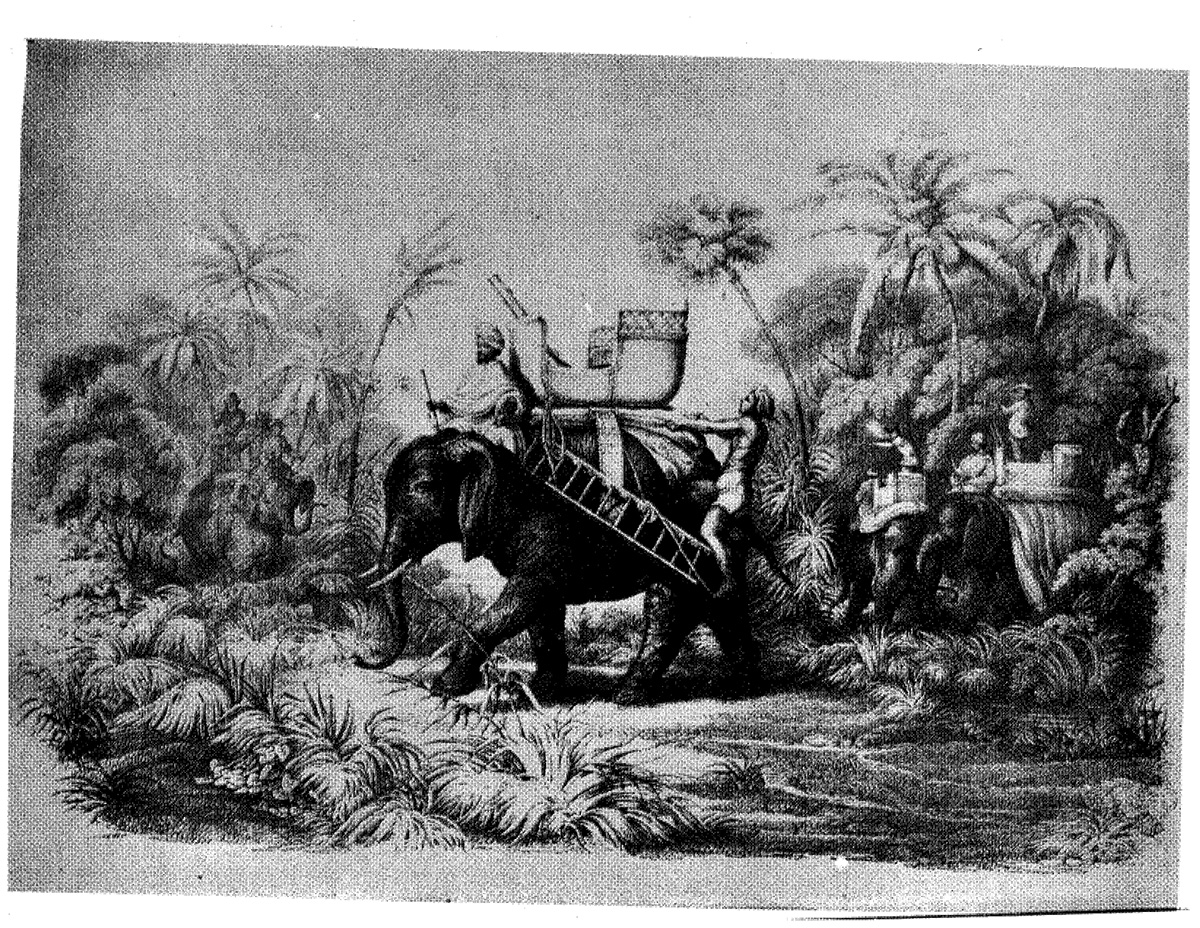
The day after the court proceeding, Mathbar Singh Thapa organised a hunt in honour of the Prince. Officers on horse backs and the young King followed the minister. The young King because of his ‘weak constitution’ wasn’t allowed to shoot which is why he was seated on a throne so he could observe the hunt. “A peacock fan was ever present for the weak King and he even had servants who would move him from one area to another.”
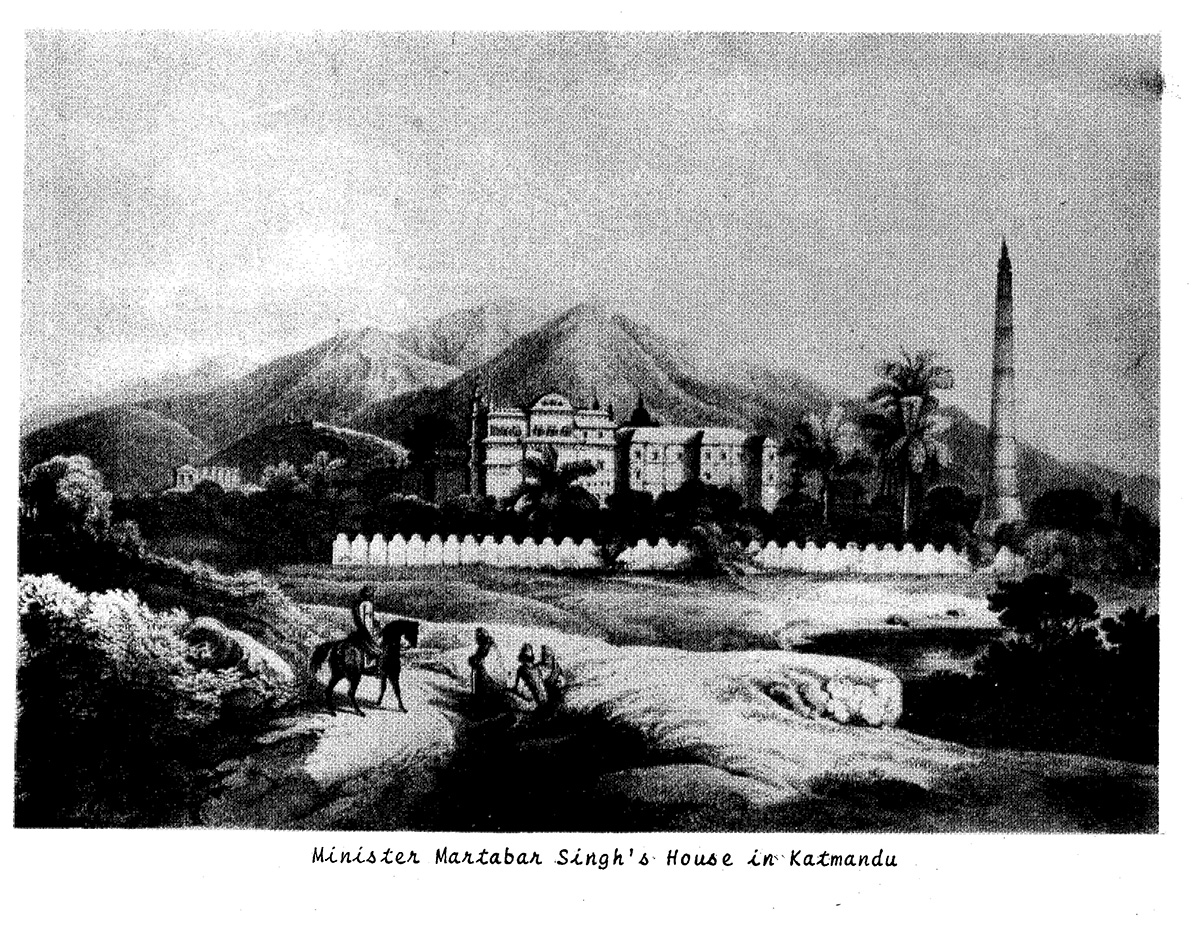
One fine day, Mathbar invited the Prince to his residence. Upon arrival, Mathbar first showed his guests the temples he had built for various gods, then he showed them the garden that surrounded the residence and finally the residence itself which was rebuilt by Mathbar himself. In the residence, he showed the foreigners all the treasures he had compiled, some of which were more valuable than what the King had.
Prince Waldemar spent the next three days taking a tour of the Valley: going to Pashupatinath and the next day to Nagarjun from where he got to witness ‘breath-taking’ views of the Himalayas. On the February 17, he visited the third city of the Valley, Bhaktapur.
The road to Bhaktapur took him through a fertile countryside crossing many footbridges along the way. As he reaches Bhaktapur, like Patan, he saw the palace in ruins. Most houses, even though they were standing, were in a dreadful condition. “One of the main reasons for this was that the people here use a lot of wood when building their houses. People don’t seem to use plaster which is why the state of the houses was abysmal.”
But he liked the fact that Bhaktapur was different from other towns in the valley. Why was it different? There were a lot more temples and some were made of stones. Some were as high as five stories and were guarded by stone idols of animals and gods.
Looking to discover more of the Valley, the Prince set off to discover the south of the Valley (Chobhar) where the river Bagmati breaks through the hills. Here the Prince wondered if he could travel around the mountain passes of Nepal but for that, he would have to seek permission from Mathbar.
On one of the evenings, he did try to get his permission, but Mathbar politely declined and gave the Prince permission to go as far as Nuwakot. Apart from that, Mathbar also agreed to tell the Prince about how the nation was governed and administered.
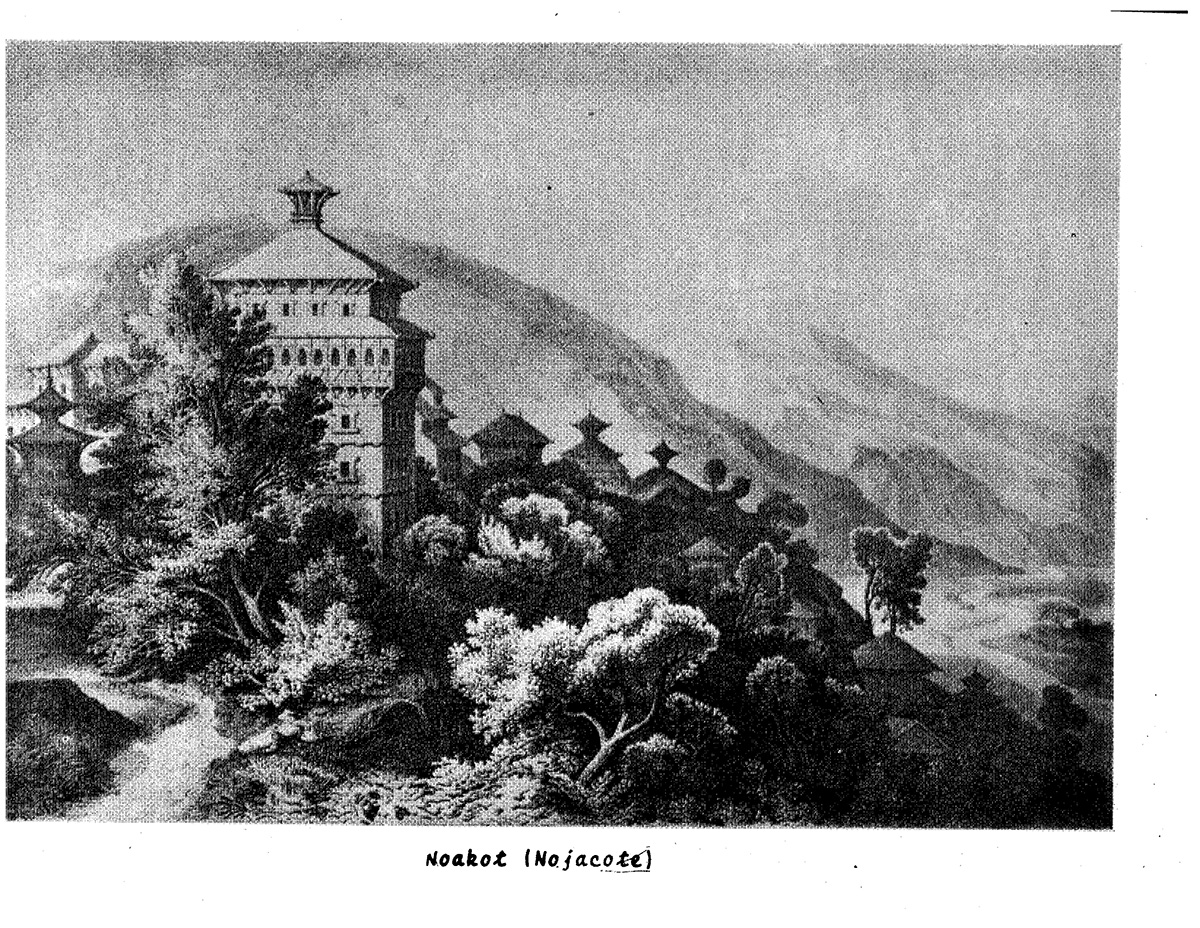
On a foggy morning, a great parade was organised. “I didn’t expect the parade to be as good, but to my surprise, it consisted of some really well-drilled regiments.” There the Prince found out that the military force consisted of 17,000 men. There he learned that those who were in the army got paid in the allotments of land. Mathbar also told him that even when the soldiers were dismissed, there were still obliged to serve the nation. Both of them discussed military affairs and how the officers were selected.
Mathbar told him how there were 25 regular and 6 irregular regiments of infantry which consisted around 500 – 1500 men. Prince Waldemar also learned that around half of the army was stationed in Kathmandu. Talking about the strength of the army, Mathbar told the Prince that it wasn’t as strong as it used to be.
The Prince also learned that the country as a whole had 4 provinces: Doti, Palpa, Sariana and Nepal and the revenue of the country was 50 lakh rupees. When it came to languages, the Prince was informed that over 10 languages were spoken in Nepal.
After getting a special permission from Mathbar, Prince Waldemar started his journey to Nuwakot. After riding for six hours, they decided to call it a night and stayed at a house belonging to a British resident. When they woke up the next day, they got to witness magnificent view of the mountains which had just seen the rays of the morning sun. Soon, the group headed towards Nuwakot where they would be staying a night. By dusk they reached Nuwakot and from there they could see the Dhaulagiri range illuminated by deep red light of the setting sun. After staying a night there, they left for Kathmandu.
Yet to discover the north of the Valley, the Prince went to visit Budhanilakantha, another pilgrimage at the foot of the northern Hills. He learned about the Vishnu deity which was at the centre of the tank resting its head on Sri Naga (Holy Snake).
After his visit, the Prince walked to reach a point where Bagmati met Bishnumati. The Prince noticed cremation on the ghats which left him in awe. “The temples along the banks of the river carries away the remains of the corpses while some well-fed dogs played with one another.”
In the evening, Prince Waldemar got to witness a royal wedding where they displayed very good fireworks and a great procession went through town with soldiers and marching bands. The wedding was that of the King’s daughter and the son of the King of Bardiya. “It was like a carnival! Hundreds of people on road waiting for the bride and groom. Marching band, a regiment of soldiers and the whole procession was an exciting one.”
During his final days in the Valley, Prince Waldemar first visited the fourth town in the Valley, Kirtipur. “What a good place, a town on top of a hill perfect for defence in battles.” He had heard stories about how the people of Kirtipur withstood the forces of Prithvi Narayan Shah for over a year and how to retaliate against that Prithvi Narayan Shah cut of the nose of everyone in the city and left it in ruins. “The people still had their nose, but the place was in ruins with tumbled down walls and a castle that was barely standing.”
The Prince was invited to attend the mustering of troops where he met the newlyweds. Here the prince witnessed the sacrificing of buffaloes. “Eight buffaloes were tied one after another and all of their heads were cut off one by one with Nepal’s national weapon Khukuri, first by some officers then finally by the minister Mathbar himself. Something spectacular and brutal all at the same time.”
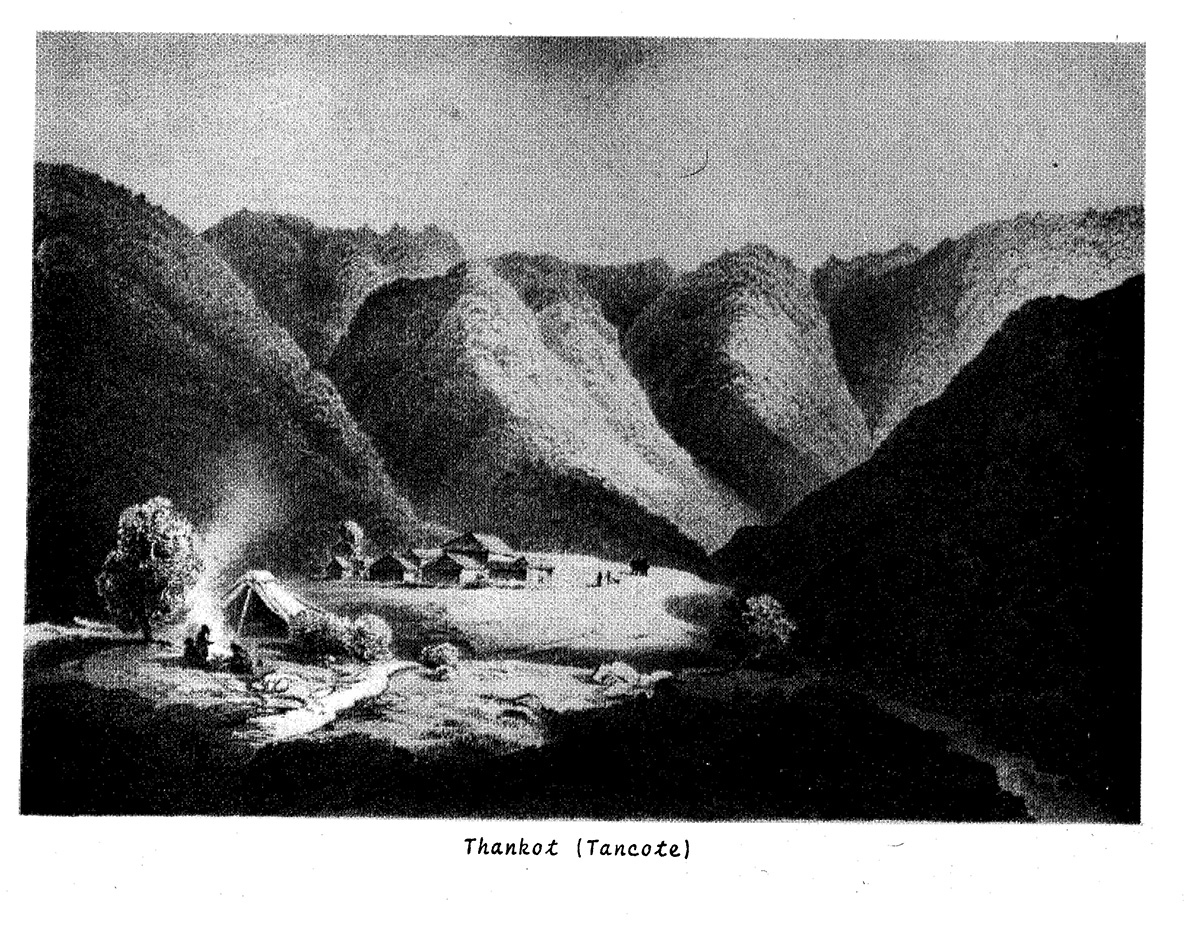
Mathbar Singh Thapa, for the last time, visited Prince Waldemar to plan his journey back to India. They planned to leave early morning to Chitlang in the company of Major Lawrence and Dr. Christie.
They left the Valley via Bhimphedi and Hetauda. At Birgunj, a tiger hunt was organised where 30 elephants carrying several Englishmen succeeded in shooting two tigers in eight days.
If he were on Instagram, he would have surely gotten a tonne of likes!
The text referred to for this article was published by Kailash, a journal on Nepali history ( Volume 7, Number 1, 1979).







